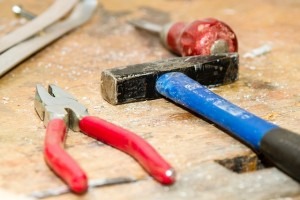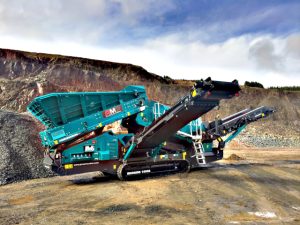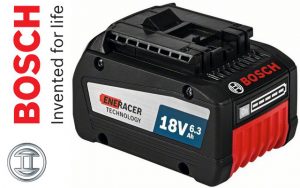Your drill is an irreplaceable tool that is absolutely essential for most DIY projects, big and small. Keeping your drill in tip-top shop means having the right drill bits that work properly with each use. Knowing when to replace a drill bit is essential for overall drill repair and upkeep. Replacing the drill bit is usually a very simple process. Depending on the model, there is either a keyless chuck or one that requires a key to remove the drill bit. A chuck is simply a mechanism used to connect the bit to the drill, keeping the bit in place. By turning the chuck counter-clockwise while holding onto the drill, you can easily release the bit and then replace it with a new one. If a key is required, you will need to insert the chuck key into the hole of the side of the chuck and turn to release the bit.
Knowing when it is time to replace a drill bit will help assure that you don’t get bogged down while you are pressed to get the job done. Following these tips mights help you easily identify when it’s time to replace your drill bits.
Breakage
You will need to replace a drill bit when the bit unexpectedly breaks or gets stuck in a piece of wood. The reason for breakage could be that the drill bit or drill is not strong enough for the job or that you hit a piece of metal or pipe that you were unaware of before starting the drilling process. Breakage generally occurs within the tip or the flute portion of the bit. When this occurs, you can easily remove the bit for replacement without having to replace any other parts of the drill.
Dullness
Having a dull, overused bit can eventually lead to breakage and poor results. There are many contributing factors leading to how soon a drill bit can dull out and not be as effective as it originally was. A high-carbon steel bit can be cost-effective and work through several drilling processes before showing a dullness or extreme wear. A steel drill bit used on the same type of wood or material can last several hundred uses as long as the wood has no abnormalities within it such as nails or extreme variations in thickness.
Poor Quality
Carbide and ceramic drill bits are meant to last several hundred uses as long as there is enough torque in the drill to support the drilling process. Carbide has a higher hardness than steel and can support cutting into many surfaces with ease. If you have a poor-quality drill or drill bit, you will find yourself replacing the drill bits more often after regular use.
Examining the drill bit before each use will help reduce the likelihood of producing a jagged entry hole and eliminate poor-quality results with your next DIY project.









